It’s often difficult for the public to assess any large energy project like Northern Gateway or the LNG initiatives without a reasonable level of what many call “energy literacy.”
Energy literacy, of course, describes a person’s understanding of the role energy plays in our lives, how that energy is generated and transported, and touches on the ways the energy industry continues to evolve and improve over time. We need energy literacy to achieve long-term, affordable energy solutions. As the Standing Senate Committee on Energy, the Environment and Natural Resources notes, “Every citizen must be part of the solution and start by becoming more energy literate.”
"To be honest, I’d much rather challenge the oil and gas industry to continue with innovation, than to say ‘no.’"
Lori Ackerman
Mayor,
City of Fort St. John
In our region we work in natural gas, coal, wind, solar, geothermal and hydro and yes, we also have a deep understanding of pipelines and pipeline safety.
Generally, this region is relatively energy literate.
But if energy literacy is to yield sound decision-making, then the public at large deserves a primer on energy innovation, and on energy more broadly.
The oil and gas industry, from production right through to distribution, has made enormous strides toward ever-newer technologies and better methods — from planning through construction, monitoring and maintenance.
One of the great aspects of being involved in my community is knowing our entrepreneurs and innovators. These are the people that get up each day and ask themselves: “How can I make my work more efficient, effective and leave a lighter footprint?” That intellectual property is creating wealth.
I am passionate about this approach because I was raised by an innovator and I see it as an antidote to simply saying ‘no’ to industrial development, including large energy projects like the proposed Northern
Gateway Pipeline or the LNG projects.
Saying ‘no’ can temporarily preserve the way things are, but inevitably saying ‘no’ can also mean tough
decisions need to be made and some of the services we rely on to create quality of life may face closure.
Sure, saying ‘no’ is always an option, but it can’t be a community’s only option.
To be honest, I’d much rather challenge the oil and gas industry to continue with innovation, than to say
‘no.’ My experience has been that when you challenge this industry to do something better, it’s amazing
how the industry comes up with proposals to meet that challenge. Their regard for safety can only be
described as remarkable. As a mom of some of these workers, you can only imagine how I appreciate this.
As a leader in the community, the sector’s outreach to ensure social license is unlike any other industry.
That’s why we held the Fort St. John Energy Conference from Oct. 1 to 3 (bcenergyconference.ca).
We can change the conversation, and raise the level of energy literacy across the province. We view this as a very important initiative for moving our region and our province forward.
But oil and gas aren’t our only natural assets in northeastern B.C., and nor is energy. Among other things, the Fort St. John region is also the northernmost agricultural region in the country and we have a vibrant forestry industry as well. So when we talk about the four pillars of our community plan, we take a wideranging view of what it is we want to achieve in the future, including economic prosperity, environmental sustainability, social inclusion and cultural vitality.
For us, being proactive means consulting with our community, engaging as many citizens and businesses as we can, and preparing our community for growth and change within the framework of the four pillars.
To be honest, residents from this area of the province well understand how to work toward lower CO2 emissions, and how to build and maintain safe energy infrastructure, including pipelines. We do this every day.
We want to share that experience with those outside our region. The Energy Conference in October is one way for us to help re-focus the discussion and to bring more British Columbians into the conversation to raise the knowledge level on energy issues. After all, it’s a conversation that needs changing.
Northerners recognize the world is moving ever closer to a knowledge economy. We also know we’re a small
population spread out across a very large country, and natural resources are highly valued worldwide. If we’re going to continue with our resource-based economy, then let’s ensure we proceed in an effective and efficient manner that leaves a lighter footprint — that approach is knowledge that can then be exported as well.
We need to be a proactive part of creating policy that drives all industries in a more sustainable direction.




